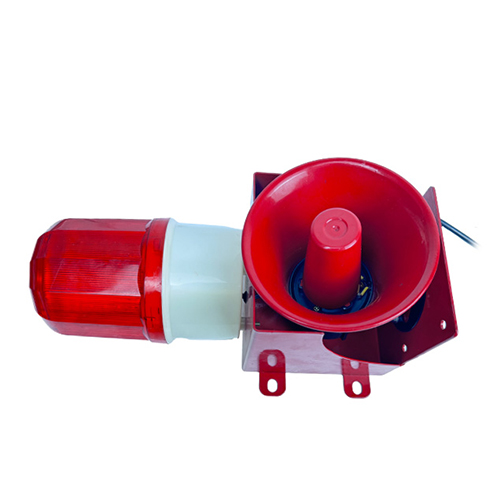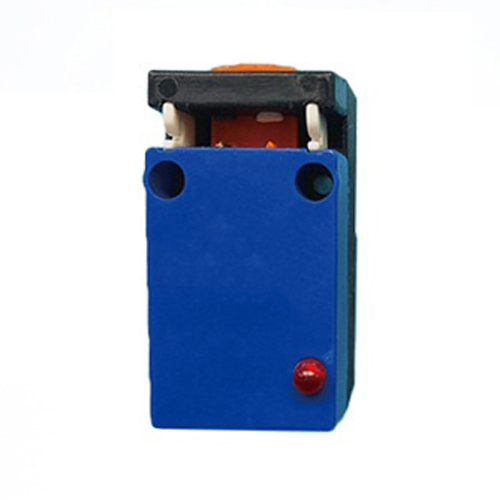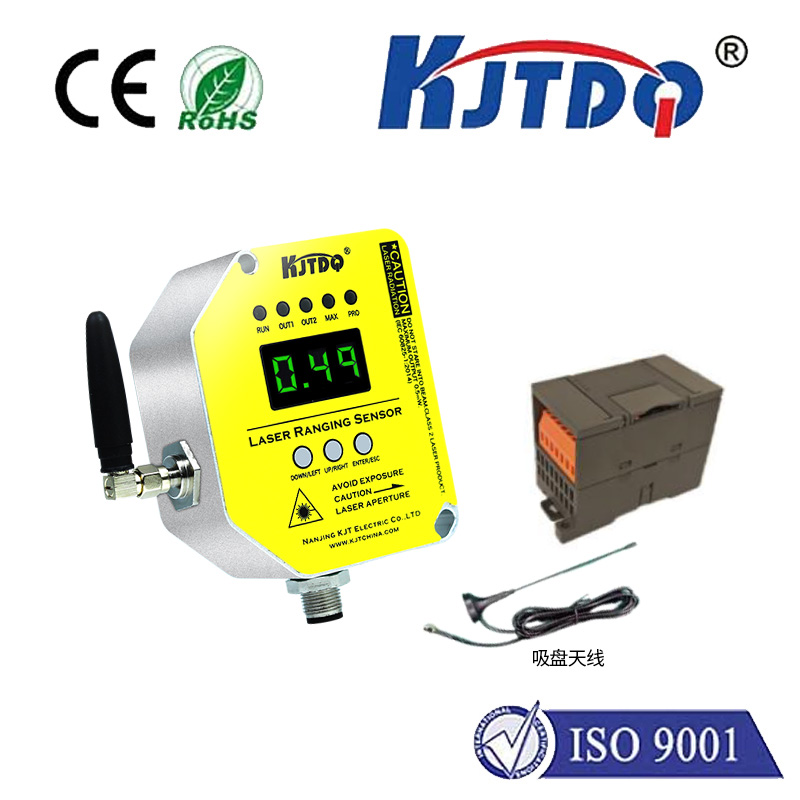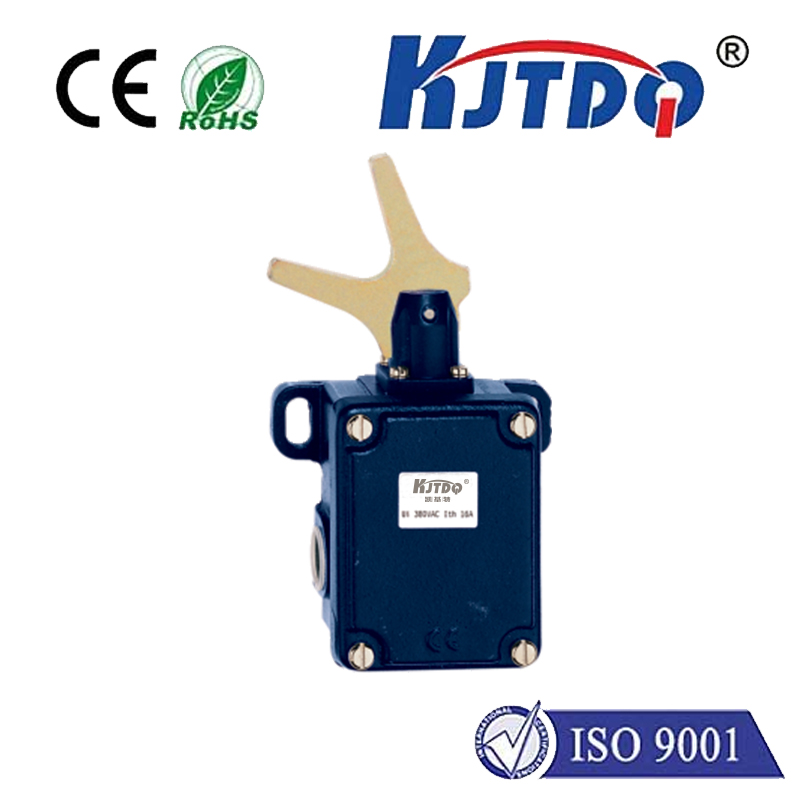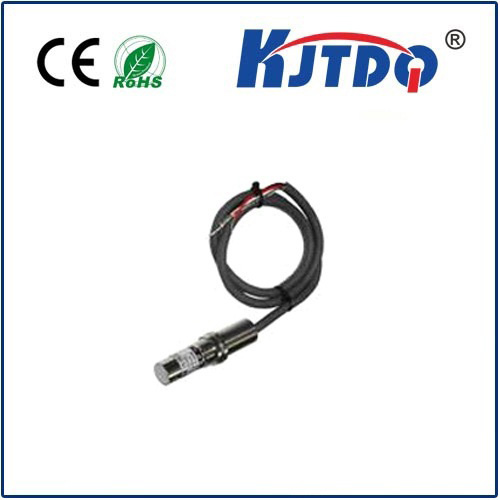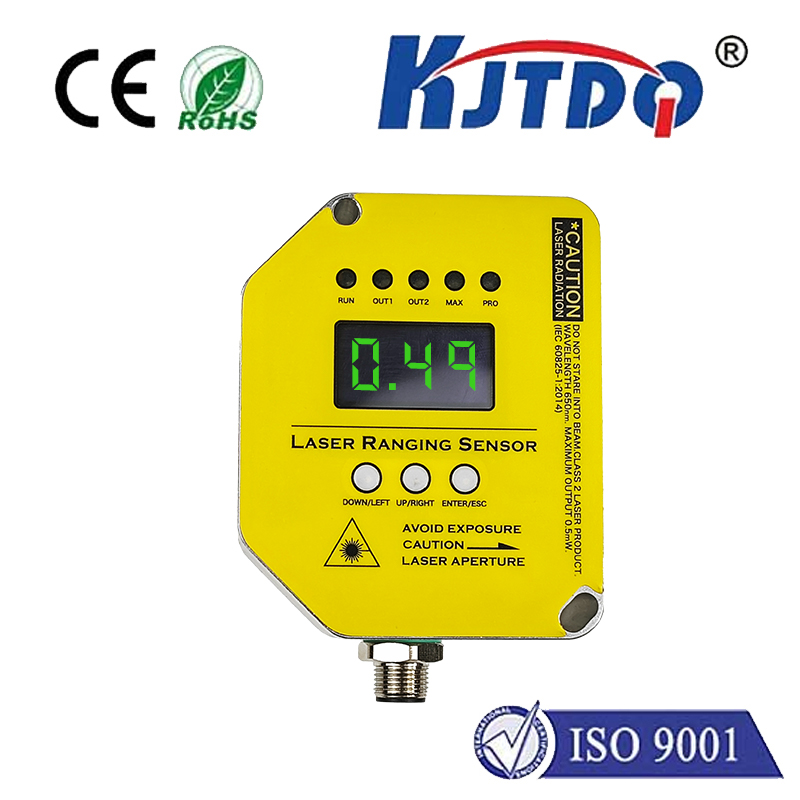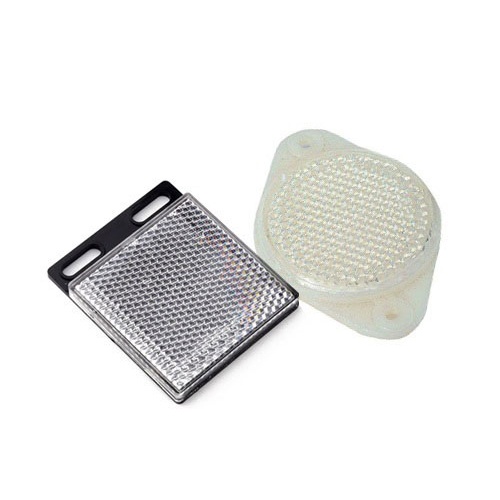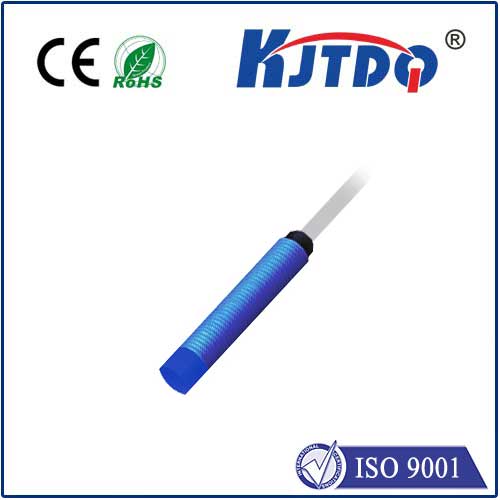fotek proximity sensor
- time:2025-06-16 17:31:24
- Click:0
Fotek Proximity Sensors: The Unseen Guardians of Industrial Automation
Imagine a high-speed bottling line where glass containers whiz by at dizzying speeds, perfectly filled, capped, and labeled without a single human touch guiding each one. Or picture a robotic arm assembling intricate electronics with micron-level precision, its movements fluid and confident. What makes such feats of modern manufacturing possible? Often, it’s the silent sentinels – proximity sensors – sensing presence or absence without physical contact. Among the vital players in this field, Fotek proximity sensors have earned a reputation as dependable workhorses across countless industrial applications.
Understanding the Core: What are Proximity Sensors?
At their essence, proximity sensors are electronic devices designed to detect the presence or absence of an object within a specific range without making physical contact. They achieve this by emitting an electromagnetic field or beam (light, infrared, ultrasonic) and monitoring changes in the field or the return signal caused by a target object entering their sensing range. This non-contact detection capability is paramount in environments demanding hygiene, speed, or where physical contact would cause damage or wear.
Fotek’s Domain: Primarily Inductive and Capacitive Sensors

While the term “proximity sensor” encompasses various technologies (photoelectric, ultrasonic, magnetic), Fotek has built significant prominence, particularly in the industrial sphere, with its inductive proximity sensors and capacitive proximity sensors. Understanding the distinction is crucial for selecting the right tool:
- Fotek Inductive Proximity Sensors:
- Principle: Generate an oscillating electromagnetic field. When a metallic object (ferrous metals like steel or non-ferrous metals like aluminum, brass, copper) enters this field, it induces eddy currents within the target, causing a detectable change in the sensor’s oscillation amplitude or frequency.
- Key Applications: Dominant in factory automation for detecting metal parts – machine tool position sensing, limit switches on cylinders, counting metallic objects on conveyors, confirming part presence in assembly jigs, and monitoring rotational speed via gear teeth detection.
- Fotek Strengths: Known for exceptional robustness, high resistance to industrial environmental hazards like dust, dirt, cutting fluids, and oils (often featuring high IP67 or IP68 ratings), and reliable operation in demanding settings. They offer various housing styles (tubular, rectangular block), sensing distances, and output configurations (NPN/PNP, NO/NC) to fit diverse mounting and control system requirements.
- Fotek Capacitive Proximity Sensors:
- Principle: Operate by detecting changes in capacitance. The sensor face acts as one plate of a capacitor. When any object (metal, plastic, wood, liquid, powder, grain) with a different dielectric constant than air approaches, it alters the capacitance between the sensor’s active face and ground, triggering the output.
- Key Applications: Essential where non-metallic materials need detection. Common uses include liquid level control in tanks (detecting presence/absence of fluids through container walls where possible), presence detection of plastic parts or bottles, monitoring levels of granular materials or powders in hoppers, and detecting filled vs. empty containers or cartons.
- Fotek Strengths: Provide versatility missing from inductive-only solutions. They often include adjustable sensitivity allowing fine-tuning for specific materials or overcoming challenges like thick container walls. Like their inductive counterparts, they are built for durability and reliable performance in tough conditions.
Why Fotek Proximity Sensors Command Industry Respect
Fotek sensors have carved a significant niche within industrial automation for several compelling reasons:
- Proven Reliability: In environments where downtime equals lost revenue, dependability is non-negotiable. Fotek sensors are engineered to deliver consistent, long-term performance in the face of vibration, temperature fluctuations, and contaminants.
- Rugged Construction: Their designs prioritize resilience. High-quality housings, encapsulated electronics, and superior ingress protection (IP ratings) ensure they withstand the rigors of factories, packaging plants, and material handling facilities.
- Cost-Effectiveness: Offering a crucial balance between performance, durability, and price point, Fotek sensors deliver excellent value. This makes them a practical choice for OEMs and end-users alike, especially in applications requiring numerous sensors.
- Application-Specific Design: Fotek doesn’t offer a one-size-fits-all approach. They provide specialized variants, such as sensors designed for high-temperature environments near ovens or furnaces, sensors optimized for flush mounting to avoid mechanical damage, or specific models for unique challenges like detecting tiny screws.
- Ease of Integration: Standardized M8, M12, and M18 threaded barrels or rectangular housings, along with common cable or connector types (often M12 connectors), simplify installation and connection to PLCs (Programmable Logic Controllers) and other control systems. Clear status LEDs aid in setup and diagnostics.
Implementing Fotek Sensors Effectively: Key Considerations
Choosing and installing the right Fotek proximity sensor ensures optimal performance:
- Material Matters: For inductive sensors, always confirm the target is metal. Capacitive sensors detect nearly any material, but sensitivity adjustment is often needed.
- Sensing Distance: Understand both the sensor’s nominal sensing range (Sn) and the practical effective operating distance. Ensure the target enters this range reliably. Remember, actual sensing distance for inductive sensors can vary slightly depending on the specific metal.
- Environmental Factors: Consider temperature extremes, potential chemical exposure, washdown requirements, or intense electrical noise. Select a Fotek sensor with appropriate temperature rating, IP rating, and robust EMC (Electromagnetic Compatibility) performance.
- Mounting Position & Clearance: Inductive sensors typically require a specific mounting clearance around their sensing face to function correctly, especially shielded variants. Capacitive sensors can be influenced by nearby objects or materials behind the target.
- Output Configuration: Match the sensor’s output type (NPN sinking or PNP sourcing, Normally Open or Normally Closed) to the input requirements of your controller (PLC, relay).
The Unseen Backbone of Modern Industry
From ensuring a robotic gripper securely holds a part, to verifying a bottle cap is present before filling, to preventing a machine from cycling without material, Fotek proximity sensors perform critical detection tasks millions of times daily. Their non-contact operation, robust construction, and consistent reliability make them indispensable components in the intricate dance of automated manufacturing, packaging, and material handling. While often unseen, their contribution to efficiency, safety, and product quality is undeniable, solidifying their position as trusted guardians within the industrial landscape. When the need arises for precise, dependable, and cost-effective object detection, Fotek sensors consistently provide a compelling solution.






